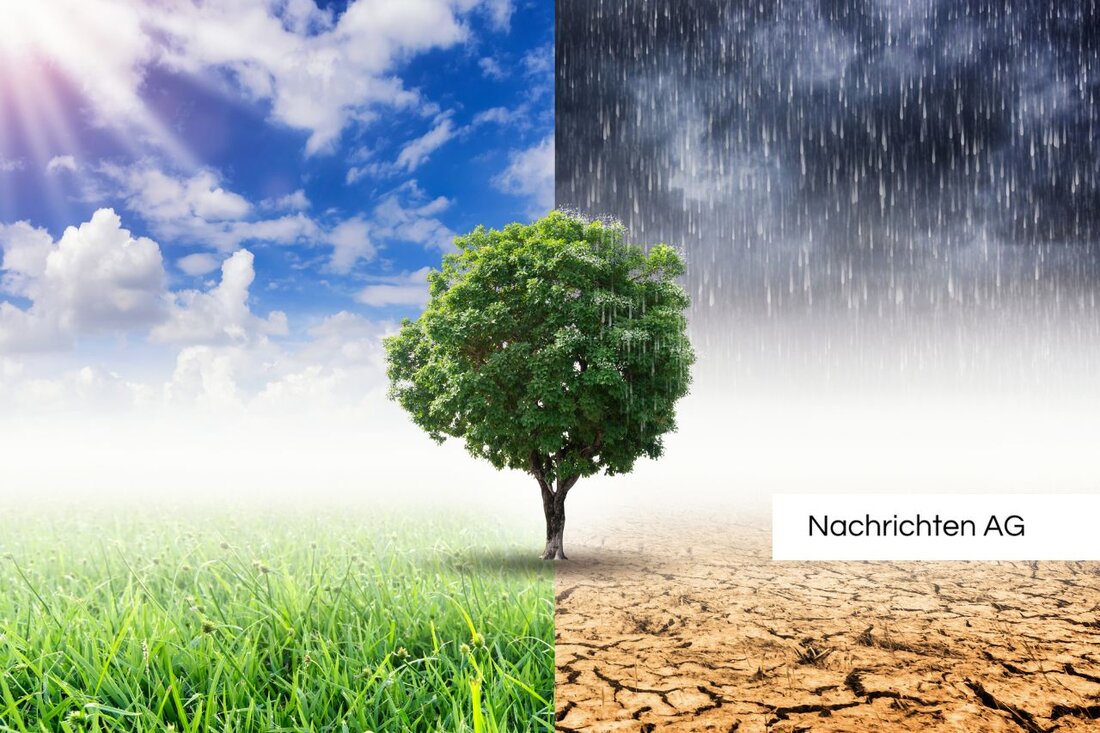Heat wave explodes: 36.8 ° C in St. Andrä and other hot places!

Heat wave explodes: 36.8 ° C in St. Andrä and other hot places!
All of Austria sweats! On Monday, June 22, 2025, the country experienced the first heat wave of the year and brought temperatures with it that can only be imagined in the hottest summer days. The highest temperature was recorded in St. Andrä in the Lavanttal, where the thermometer showed a whopping 36.8 degrees Celsius at 3:15 p.m. In several other regions such as Pottschach and Güssing, the values climbed to up to 35 degrees.
In the popular state capital Graz, the thermometer showed 34.9 degrees, while in Bruck on the Mur and Ferlach the heat wave did not stop. The temperatures in the Austrian state capitals ranged from 29.2 degrees in Bregenz to 34.3 degrees in Klagenfurt. It is clear that the summer heat has reached people in many parts of the country. According to meinzirk.at, you are some of the hottest places:
- st. Andrä im Lavanttal: 36.8 degrees
- Pottschach, Lower Austria: 35 degrees
- Güssing, Burgenland: 35 degrees
- Rechnitz: 34.8 degrees
- Graz road gang: 34.9 degrees
- ferlach: 34.9 degrees
- Bruck an der Mur: 34.6 degrees
- Leibnitz-Wagna: 34.5 degrees
- Hartberg: 34.3 degrees
- Wiener Neustadt: 34.3 degrees
recommendations for the hot days
At such high temperatures, there are some important advice that the population should consider. Older people, children and pets are particularly at risk. In order to avoid health risks, it is recommended to avoid the direct sun, drink a lot of fluid and to move physical exertion to the cooler morning or evening hours. This advice is no coincidence, because the health consequences of heat waves should not be underestimated.
According to the Ages, which deals with the topic of heat and the associated risks, statistical data show that mortality in Austria depends on the weather. In summer there is an increase in heat -associated deaths during heat waves. The data is based on extensive mortality monitoring, which ensures the analysis of temperatures and its influence on health. The latest information should also provide information about the increased need for care, especially in times of extreme temperatures, and thus support health services.
long -term effects of climate change
The heat waves that we currently experience are not isolated. Climate change leads to more frequent and more intensive heat waves, and although August is the hottest month, we can also expect extreme temperatures more and more in June. Figures from Germany show that eleven, particularly warm years, have been registered since 1881, with eight of them lying between 2000 and 2018. Experts warn that the likelihood of heat waves could increase by more than twice by the end of this century.
With an aging society that lives in urban metropolitan areas, groups are particularly affected. This includes not only older people, but also those in need of care, toddlers and leper, who may run the risk of suffering life -threatening health problems without access to cooling measures.
So it is high time that we all remain attentive and take the necessary precautionary measures to survive these hot days well. Further information on the health effects of heat and suitable protective measures can be found at [Agens] (https://www.ages.at/umwelt/klimawandelan adaptation/hitzen) and climate change and health| Details | |
|---|---|
| Ort | Wiener Neustadt, Österreich |
| Quellen | |
